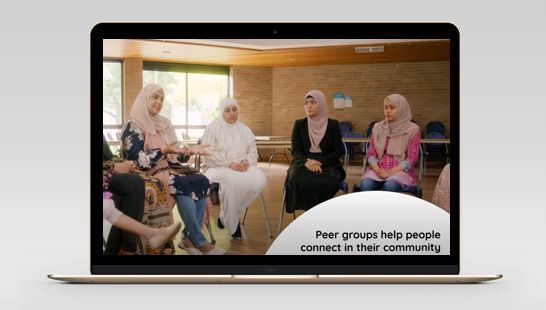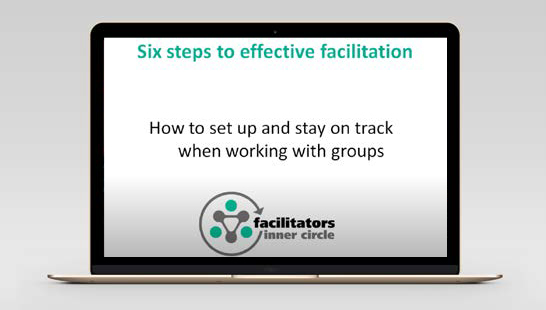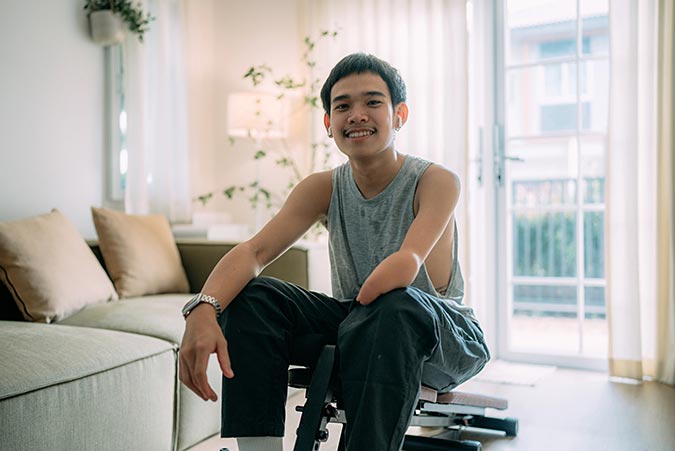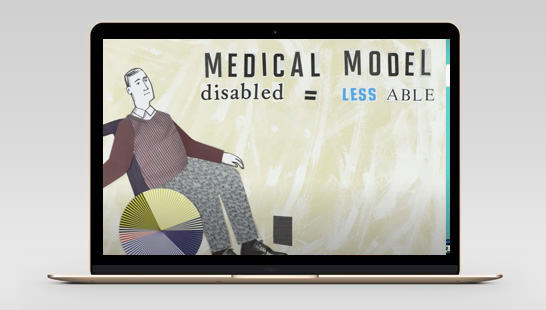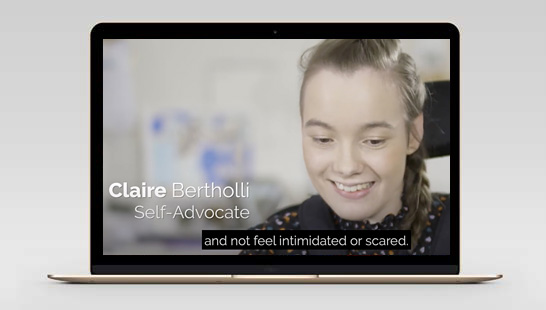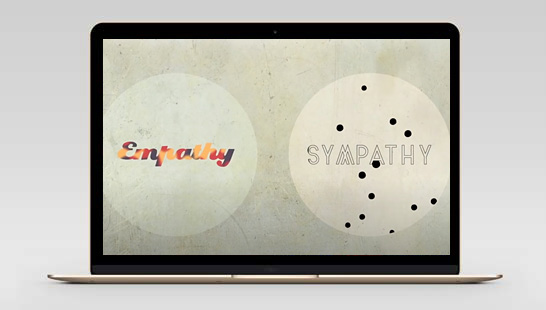Purpose
The purpose of this document is to provide you an overview of the practice model for engaging with people of CALD backgrounds with disability. This includes an in-depth explanation of the key principles of the model, their outcomes, and capacity building in utilising this model.
Theoretical framework
The MPN program applied the theoretical framework of the ‘social model of disability’.
The social model of disability frames ‘disability’ as the result of the interaction between people living with a disability and an environment filled with social, communication and physical barriers.
The history of service delivery models in Australia has changed over time. From 1970 to 2000, the two main models of service delivery for people living with disability were the ‘medical model ‘and the ‘charity model’. The medical model saw the person living with disability as a problem to be solved. The charity model saw the person as a victim of circumstance and deserving of pity.
In the early 2000’s, the focus of service provision changed from community integration to inclusion. The focus turned from the disability to the person and their individual strengths.
Through the MPN, attendants learnt that ‘the environment must change in order to enable people living with a disability to participate in the community’. The program was framed around education, employment, accessibility and inclusive practices to establish equality and access for everyone in the community.
In your application of this practice model, the goal is to: Empower those caring for someone living with disability to change society in order to accommodate people who live with a disability, rather than trying to modify the person so as to accommodate society.
Contents
Core principles
The core principles necessary to understand this practice model include:
Cultural competence and sensitivity
Participants undertaking the program are potentially vulnerable, come from different backgrounds and have varying needs. The aim is that participants undertaking the program are able to speak on tailoring the support needed for them to be relevant to their cultural needs in a safe and supportive environment.
Peer support
The program brings together CALD community with disability to talk about their challenges and goals. This program demonstrates the concept of circles of support to participants enabling them to both, receive and provide support within their community.
Accessibility
Participants in the program are guided to reflect on shaping an environment which enable people living with a disability to participate in the community, establishing equality and access for everyone in the community.
Co-designing initiatives
Participants are encouraged to collaborate and share their lived expertise as a CALD community member with disability or a carer of someone living with disability. This program seeks to lead to outcomes where their contributions are at the centre.
Empowering and capacity building
During the program, participants are guided through different types of self-advocacy and speaking up for themselves and others. An outcome of this is to empower participants to identify when there is a need to be a self or group advocate and speaking up on social, communication and physical barriers excluding people living with a disability to participate in the community.
Continuous evaluation and improvement
Conversations shared during the program are intentional in having continuous evaluation and improvement for CALD community living with disability. An outcome of this is to empower participants actioning self-advocacy including steps to prepare themselves to speak up about the supports required to meet their needs.
Strategies and approaches
When implementing this practice model it is important to utilise these five following strategies and approaches to effectively engage people of CALD backgrounds with disability:
1. Culturally tailored support

Tailoring the program to be inclusive of different cultures, languages and interests is seen to have a vastly positive impact for ensuring a safe space is created for participants to communicate shared experiences.
Culturally tailored support can include:
- Facilitators — having a facilitator who is also a member of the group’s cultural community can provide relevant support and guidance of the session proceedings.
- Participants – cultural considerations, including religion, language and spiritual practices of the participants should be integrated to ensure a comfortable environment for people to share their thoughts.
- Location — the setting needs to be comfortable and private. Consider a central location for the participants such as a café or shopping centre. Additionally, consider facilities that support participants such as the availability of a playground, to ensure participants easily attend and chat freely amongst the group. Distance attendance can be managed using video-conferencing technologies such as Skype, Zoom, speakerphone etc.
- Timing — this should be agreed by the circle members at the first meeting and take into account everyone’s needs.
- Length — meetings usually run for between one and two hours.
- Meeting formality — meetings of a more casual nature can help participants feel more comfortable in opening up compared to formal, structured meetings with meeting notes with action items listed
- Regular meetings — some circles meet every few weeks while some meet every few months.
- Agreements — agreements should be the result of group participation and sharing. Create boundaries so that everyone can feel safe, respected and heard.
The above strategies were utilised by SSI in their flexible approach for the MPN program to address the needs of peer facilitators and participants. Hear about the impact of culturally tailored support from facilitators of the MPN program.
Watch: Program learnings and impact
Go to next tab >
2. Peer facilitation
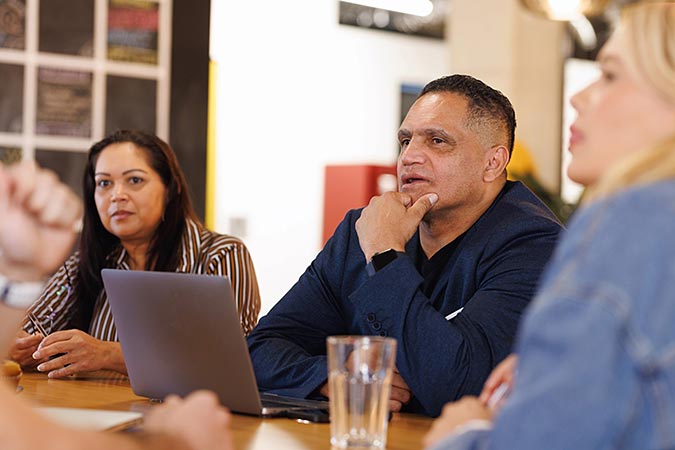
A peer facilitator is a person who belongs to the same group as the participants, maybe because of age, where they live, where they are from, or the kind of work they do. Their job is to present, guide, monitor, redirect and assist.
Peer facilitators should be provided with training and guidance on how to run the peer-to-peer support groups and understand their role as a facilitator. The purpose of the facilitator guide is to enable the facilitation inclusive groups covering a variety of special-interest subjects.
Suggested topics to include when guiding peer facilitators include:
- Basic facilitation skills
- Ethical facilitation
- Creating a safe space
- Communication
- Group dynamics and personalities
- Conflict resolution
- Stages of group development
- Self-care and support systems
Peer-facilitators ran MPN group sessions which contributed to the success of the model in making sure the support group remains a safe space for everyone to share their thoughts.
The MPN peer facilitator guide is available for you to access on the SSI MPN program and we encourage you to utilise this when applying this practice model:
Watch: Six Quick Facilitation Tips
Go to next tab >
4. Strengths based approach
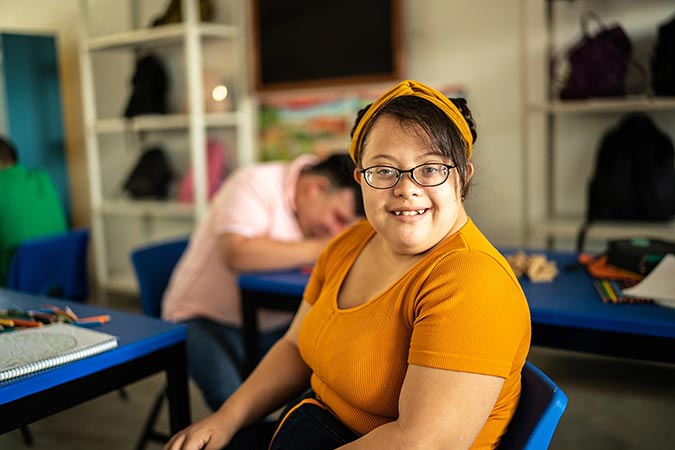
A strength-based approach focuses on abilities, knowledge and capacities rather than deficits, or things that are lacking. Language is a key element in applying this practice model. This looks like:
- Focussing on abilities: Highlight the abilities, skills, and talents of individuals rather than their limitations or challenges.
- Treat everyone as an equal: Give a fair and equal opportunity for all participants to contribute.
- Be respectful and positive: Choose words and phrases that convey respect, dignity, and positivity.
- Avoid labels and stereotypes: Refrain from using labels or stereotypes to categorise individuals. Instead, focus on describing their unique characteristics, experiences, and strengths.
- Acknowledge diversity: Avoid assumptions and treat each person as an individual with their own unique strengths and abilities.
- Empower and encourage: Use language that empowers and encourages individuals to reach their full potential. Highlight their achievements, successes, and contributions to their communities.
- Listen and learn: Be open to learning from individuals about their preferences and perspectives regarding language use. Listen to their feedback and adjust your language accordingly to ensure inclusivity and respect.
- Practice empathy and compassion: Be sensitive to the experiences and feelings of individuals and strive to create a supportive and inclusive environment.
- Continuously reflect and improve: Continuously seek opportunities to improve your communication skills and promote inclusivity and respect for individuals.
By incorporating these principles of communication, you can effectively use strengths-based language to foster inclusivity, respect, and empowerment for individuals.
During the MPN the group discussion on chosen topics and skills were framed using a strengths-based approach. This included a focus on participation, equal opportunity and empowerment for CALD communities living with disability. These communication tools equip participants to understand how they can be a self and group advocate.
Learn more about how these tools can lead to self-advocacy:
Watch: Claire Bertholli, Self-advocate
Go to next tab >
5. Trauma informed care
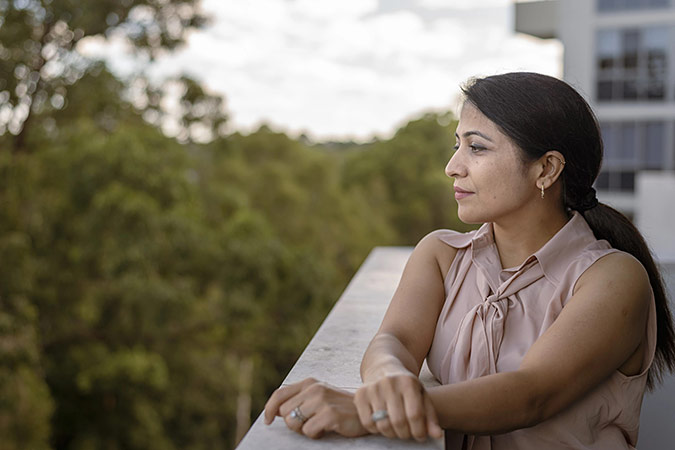
Below provides examples of how this was approached during SSI’s MPN program and you can implement this in your practice:
- Creating safe spaces: Design the physical environment of the support group to be safe and comfortable. Ensure that seating arrangements allow for easy exits and entrances, and consider factors such as lighting and noise levels.
- Establishing ground rules: Develop group guidelines that emphasise safety, respect, and confidentiality. Encourage participants to share only what they feel comfortable sharing and remind them that they can pass if they don’t want to speak. Ground rules can help building trusting relationships amongst the group.
- Provide supports: Offer information about where to go and what to do to seek further support when discussing topics of a sensitive nature. This can reduce feelings of shame for participants in understanding their experiences, reactions and coping strategies for managing triggers.
- Empowering choice: Give participants choices whenever possible. This might include offering different discussion topics or activities during meetings, allowing group members to participate at their own pace, or providing options for how individuals can engage with the group outside of meetings (e.g., online forums, one-on-one peer connections).
- Recognising triggers: Encourage members to communicate their triggers to the group (if they feel comfortable doing so) and provide support and validation when others are triggered.
- Self-care practices: Promote self-care practices within the group, such as deep breathing exercises, mindfulness techniques, or grounding exercises. Encourage participants to prioritise self-care outside of group meetings and provide resources or support for doing so.
- Seeking feedback: Regularly solicit feedback from participants about their experiences and suggestions for improvement. This can help ensure that the program remains responsive to the evolving needs of its members and continues to provide a supportive environment for healing and growth.
Watch: Brené Brown on empathy
Ethical considerations
Ethical considerations when implementing the practice model include:
Duty of care
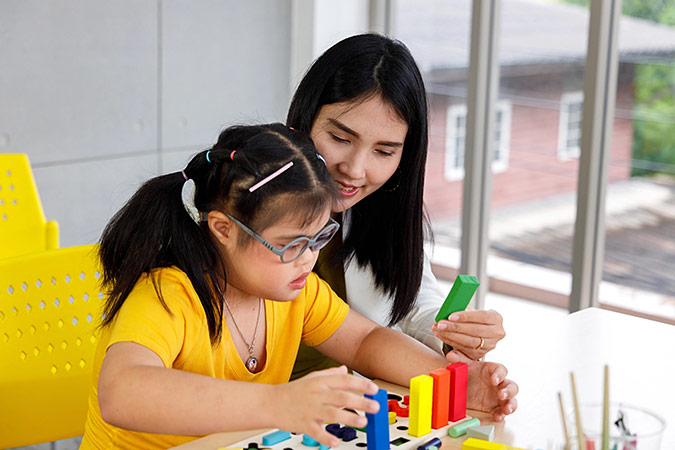
Duty of care is the obligation of peer-facilitators to keep the participants safe from harm while attending the program. This includes making sure that issues raised by participants are addressed in a timely and appropriate manner.
Facilitators should be provided with clear guidelines on their role and responsibilities. Additional training on what to do and where to go in circumstances that requires mandatory reporting should also be included.
Create a safe space for everyone
Peer facilitators will often be working with people who are potentially vulnerable, come from different backgrounds and have varying needs. This may involve facilitators needing to help participants with comfort and the flow of conversation, especially when dealing with sensitive or challenging issues.
Conflict
resolution
Facilitators should be provided with tools and training on how to address inappropriate behaviours, such as inappropriate language, put-downs etc.
Referrals and good practice
Individuals should be supported to understand criteria and processes regarding access to, and use of, a service. This also includes clear explanations when a service is not available to an individual and referral to alternative service options.
Ensuring confidentiality
This is done by making group agreement to keep confidential what is shared by others in group discussion.
Addressing power dynamics and potential biases
This is done by treating all participants equally and fairly, regardless of gender, culture, ethnicity, sexuality, age or ability.
Seeking informed consent
This is done by asking participants their formal verbal/written consent in participating in the group sessions and abiding by group agreements.
Collaboration and partnerships
Building Capacity
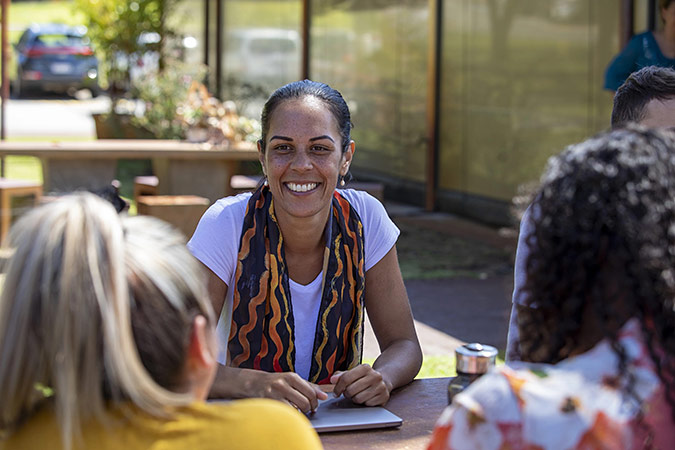
Applying this model provides participants with the foundations for establishing their own networks of support and the confidence to support each other. Participants of SSI’s MPN Program completed the program knowing where to go for support and how to take action. This lead to numerous cases of initiative from participants enhancing the capacity of the program and expanded the reach of its outcomes.
For example, David was one of the first few people to participate in an MPN group, he was later trained as a facilitator through the program. David felt this program was a perfect opportunity to extend on the existing success of his Chinese disability peer-to-peer support group and engage young people with disability. David saw an opportunity to engage young people with a disability through a multicultural youth led disability peer-to-peer support group and allow them to cultivate their own space to meet, learn, and socialise.
“
From the beginning…this project… provided some community, especially for the multicultural community. The people become a leader of something… we attended the training first, then when we got the certificate (to become a) Facilitator
”
– David, MPN Participant and Facilitator

Consider: How can you apply this practice model and expand it to other areas and of special-interest subjects for engaging people of CALD backgrounds in your organisation or community?
Below are some examples:
- Men’s and Women’s groups
- Parents groups
- LGBTQIA+
- Mental health, wellness and wellbeing
- New arrivals and settlement
- Carers of older people
- Employment
Assessment and evaluation
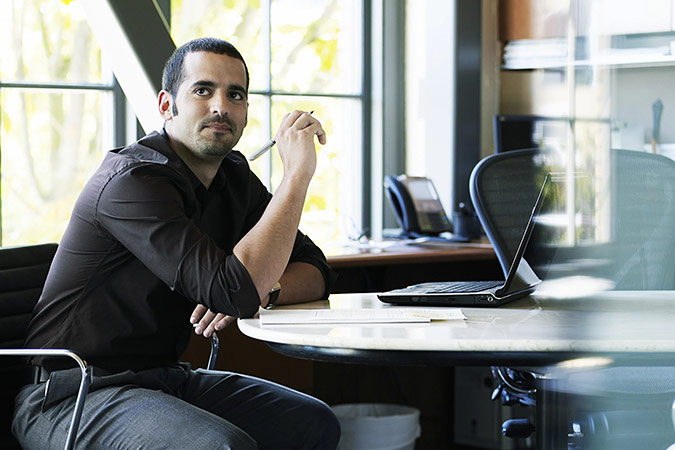
Assessment and evaluation when utilising this practice model helps to measure the impact of the program for participants. For example, during the SSI MPN program, continual feedback was encouraged and at the close of each session, time was allocated for feedback.
Participant feedback provides the opportunity for evaluating learnings that assist in tailoring the method of delivery to the needs of participants. Further, this can help with identifying new opportunities for co-designing activities and where CALD communities can continue learning and sharing information.
Facilitators should use open-ended questions the gain feedback insights from the group. It is important to remember that feedback should be continual and not a once off.
Sample feedback questions
- What aspects of the peer-to-peer support group did you find most helpful in your journey?
- How has participating in the peer-to-peer support group impacted your overall well-being?
- In what ways do you think the peer-to-peer support group could be improved to better meet the needs of its members?
- Can you share a specific instance where you felt supported or empowered by your peers within the group?
- What topics or activities would you like to see more of in future peer-to-peer support group sessions?
- How has your confidence or self-esteem changed as a result of your involvement in the peer-to-peer support group?
- Are there any challenges you’ve faced while participating in the peer-to-peer support group? If so, how have you managed or overcome them?
- What advice would you give to someone who is considering joining the peer-to-peer support group?
- Reflecting on your experiences, what do you think are the key strengths of the peer-to-peer support group?
- Is there anything else you would like to share about your experience with the peer-to-peer support group?
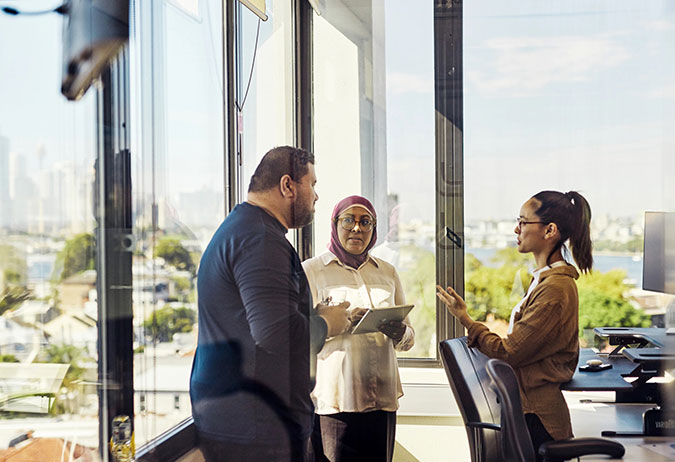
Feel free to customise these sample questions further to better suit your peer-to-peer sessions
Conclusion
This practice model can be implemented to establish the key principles of peer-to-peer support groups, their outcomes, and capacity building for your organisation.
During SSI’s MPN program, tailoring support groups to different cultures, languages and interests had a vastly positive effect in promoting independence among people with lived experience of disability from multicultural communities, as well their carers and families.
We highly encourage you to implement this successful model in your organisational practice or within your community to establish impactful peer-to-peer support groups, bringing communities closer and supporting their need for information and advocacy.
More information and free resources are available to help you run your own peer-to-peer support group. This includes:

-
Facilitator training
-
Facilitator guides
-
Case studies
-
Testimonials
-
SSI disability support services
